パックラフト・アディクト | #20 ロシアのパックラフトの旅 <後編>次々と現れる急流に挑む
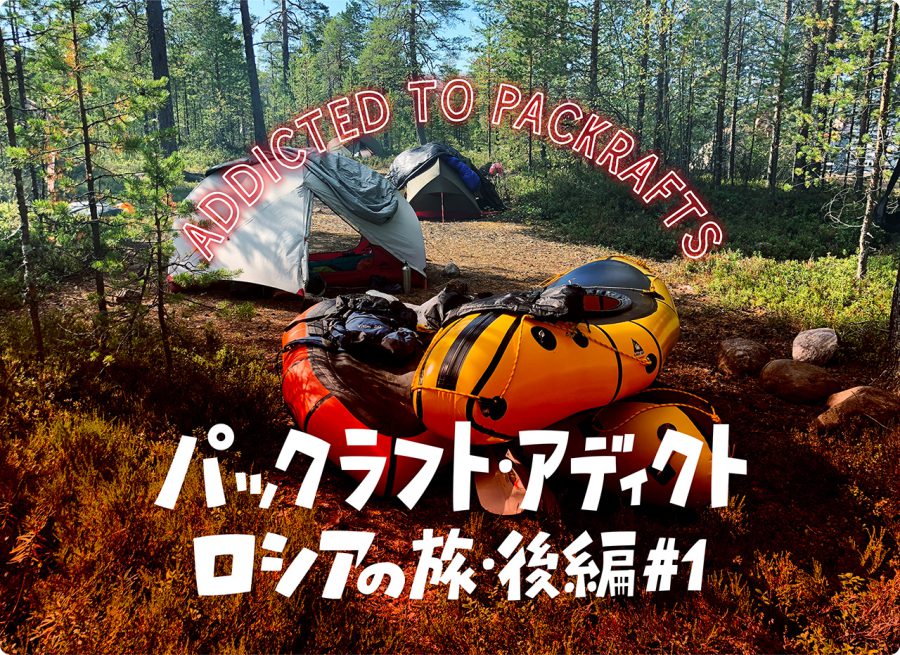
Packrafing In Karelia (Russia) Part 3 – Big Rapids, the White Sea and some Salty Tea
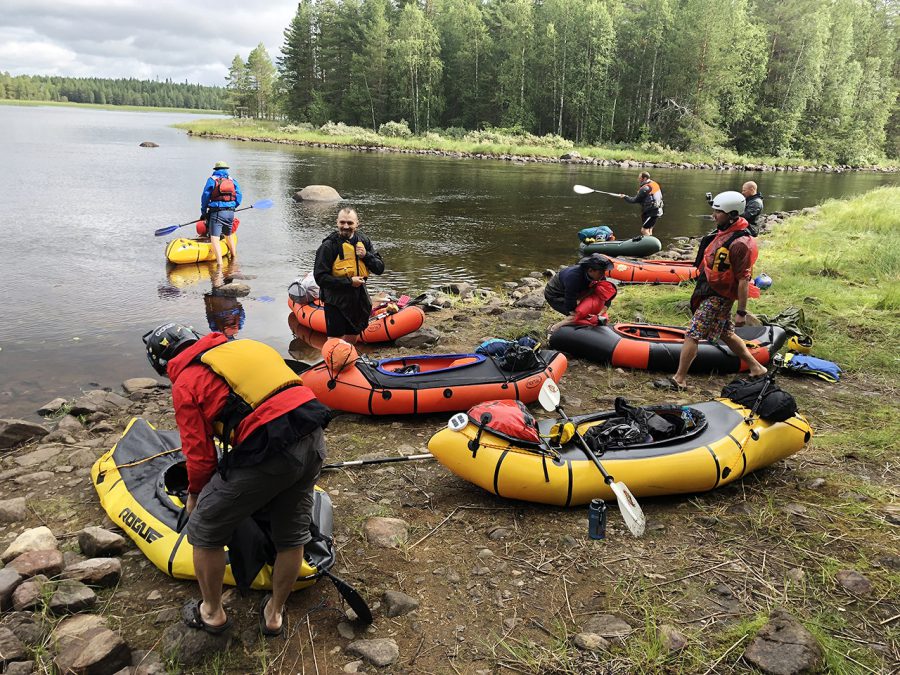
Day 6
“Ready, Steady, Go!” we said and started our sixth day with a splash as the first of many larger rapids on the river was just a few hundred meters down the camp site. Well, the splash might be a bit of an over exaggeration – despite all the rain during the previous days, the water levels were still low. And instead of splashing sounds, we heard a lot of screeching as our packrafts negotiated their way over the stony riverbed.
But that was nothing – with another six days before out train and already more than half-way down, we were looking forward to a ‘smooth run’ on the remaining 40 km of the Vonga river and to getting to the White Sea. As a matter of fact, this relatively short part of the river is the most interesting for packrafting. It has no major lakes to speak of and, at the same time, the highest concentration of interesting rapids, which we were really looking forward to.
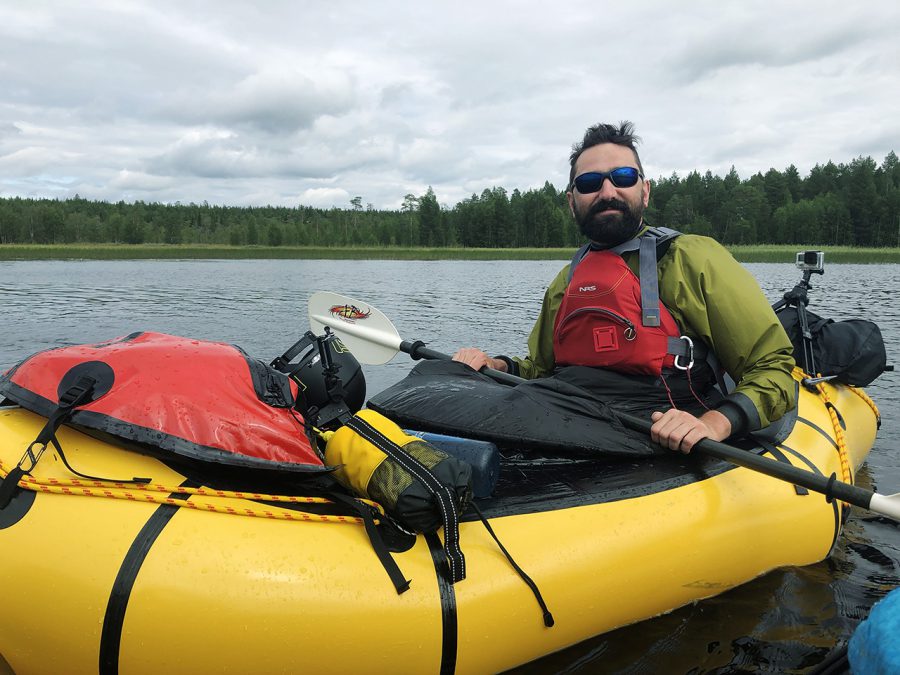
In addition, a prospect of camping at the White Sea made me really happy. It was like a dream come true – when I was growing up in Russia over a thousand kilometers to the south, I heard a lot about this remote sea with its austere charm and it made me always want to see it with my own two eyes. And now it was about to happen. Just 40 km more…
After the first screechy-scratchy run and a small Lake Stolbovoye, we got to another rapid, was shorter, but more exiting due to a bigger total drop.
What made things even interesting was that we were not the only ones on that rapid. Already at the approach we saw a large overloaded catamaran with nine or ten people on it, most of whom were teenagers.
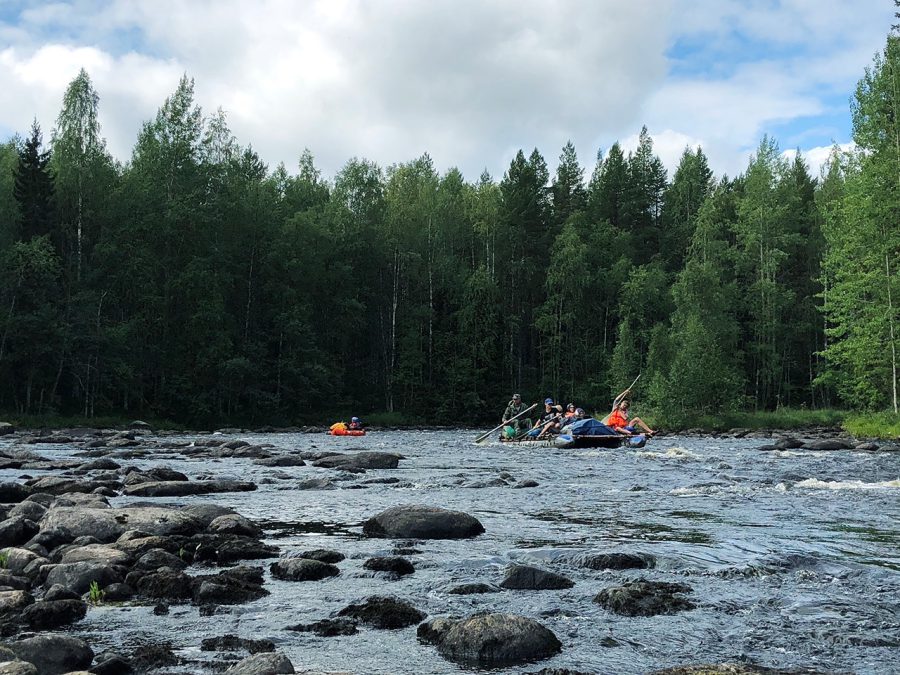
They were accompanied by just two grown-ups in their fifties or sixties. One of them, a somehow irritated-looking guy, was coordinating the attempt to get the catamaran off a stone they were currently stuck on. And while the guys and girls on the sides were doing their best to get the catamaran moving again, one girl, sitting on a pile of luggage in the middle, had a vacant look on her face. It seemed that this was business as usual – getting stuck was just part of the routine. And, indeed, meters after they got free from one stone, they got stuck on another.
Having observed their struggle for a while from a distance, we decided not to wait any more and pass them on a side. We were definitely at an advantage here.
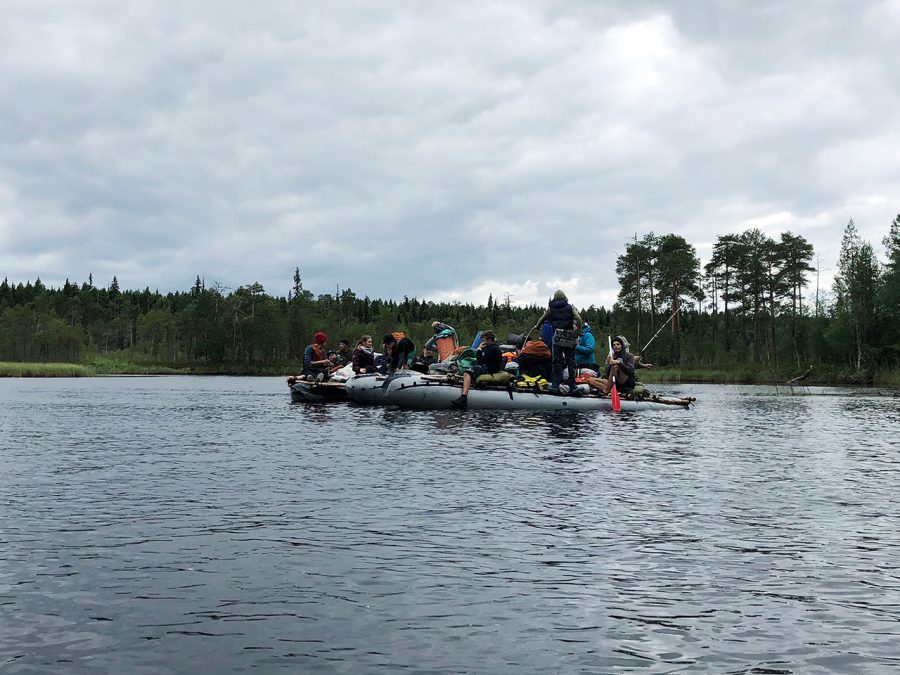
Just as I was about to swoosh past them, I said ‘Hello’ and the irritated-looking guy lifted up his head to look at me, at which point the catamaran hit another stone. I can tell you, that if looks could kill, I would have been struck dead there and then. He was definitely not a happy camper.
Luckily the rest of the crew looked more friendly as they waved hello back. They even seemed to be excited to see someone else on the water. “They must be bored out of their minds” we concluded later.
A bit further down the rapid we passed another catamaran that looked exactly like the first one and was experiencing the same type of trouble.
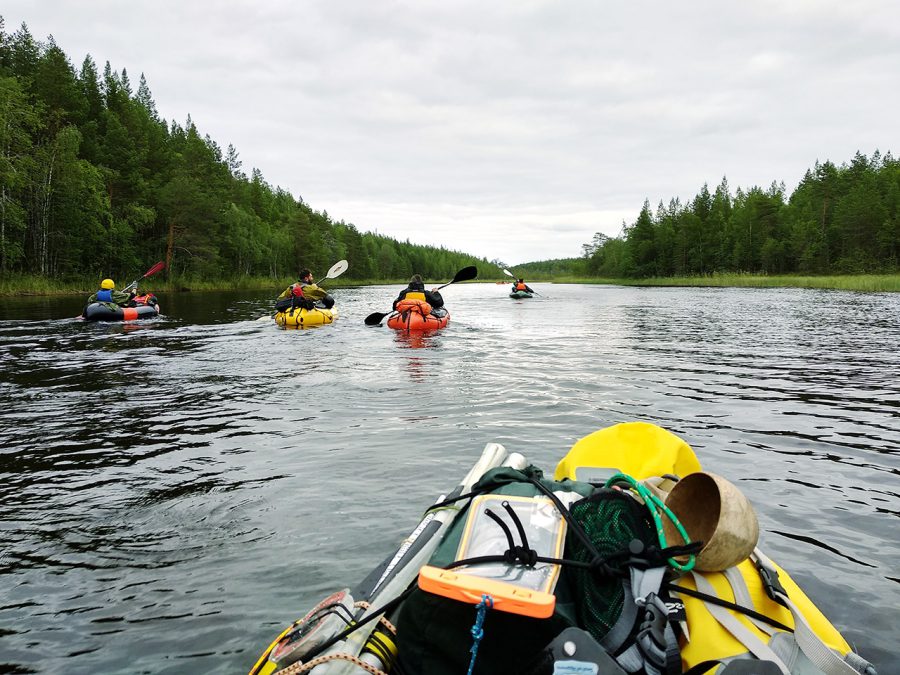
But not only catamarans were having tough time. Vadim seemed to be struggling as well. He went down the rapid as if playing a game of pinball, in which he was the ball collecting points by hitting rocks. “What am I doing wrong?” he asked me in exasperation afterwords. “Why am I the only one struggling so much?”
To make things even worse, on one of those collisions, Vadim managed to drop the bag with one day-worth of group rations, which he had on the deck. Good thing nothing got it back – no hungry evenings for us.
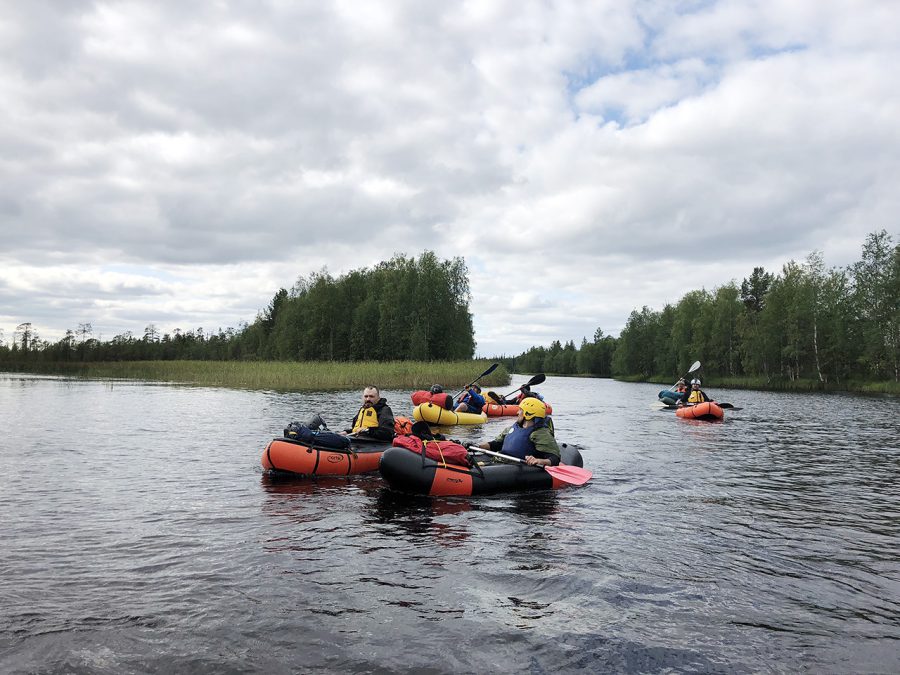
Just down the rapid, in a large eddy, the third overloaded catamaran was waiting for its mates. The only difference with the first two was that it had an overboard engine. It would be typically used on lakes or flat water parts of the river to save time and energy by pulling all rafts at once. And indeed, a while after we left it behind, we heard a distant rumble of the motor that was struggling to pull its massive load. The last raft must have caught up with them.
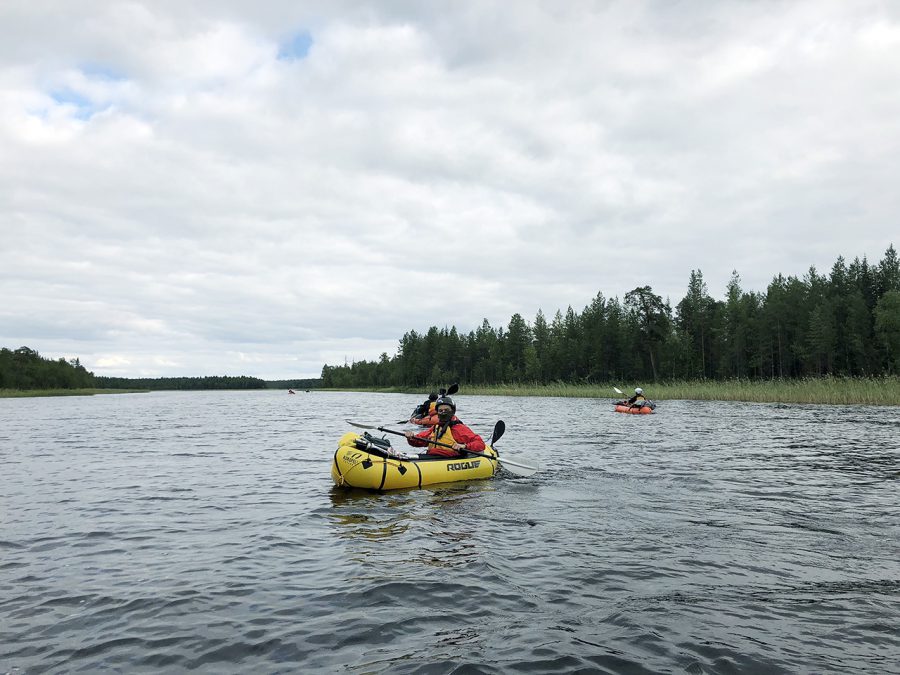
The rest of the day we spent crossing small lakes, paddling long stretches of flat water and navigating two more rapids. We also had a short break at Lake Medvezye, which literally means Bears’ Lake. But luckily, we didn’t see the owners there.
For most of the day, the weather was cloudy and rather cold. But to our surprise it all changed once we reached Lake Sobachye. The sky cleared up, the wind died down, and the bright, warm sun appeared, as if welcoming us to what would be our home for the next two nights. “This is definitely a good omen” we thought as we started to search for a suitable campsite.
And we did find it – just at the exit from the lake, there was a long granite shelf-like rock with a sandy beach next to it. Behind it, there was a small campsite surrounded by small trees. It seemed like a perfect place for us.
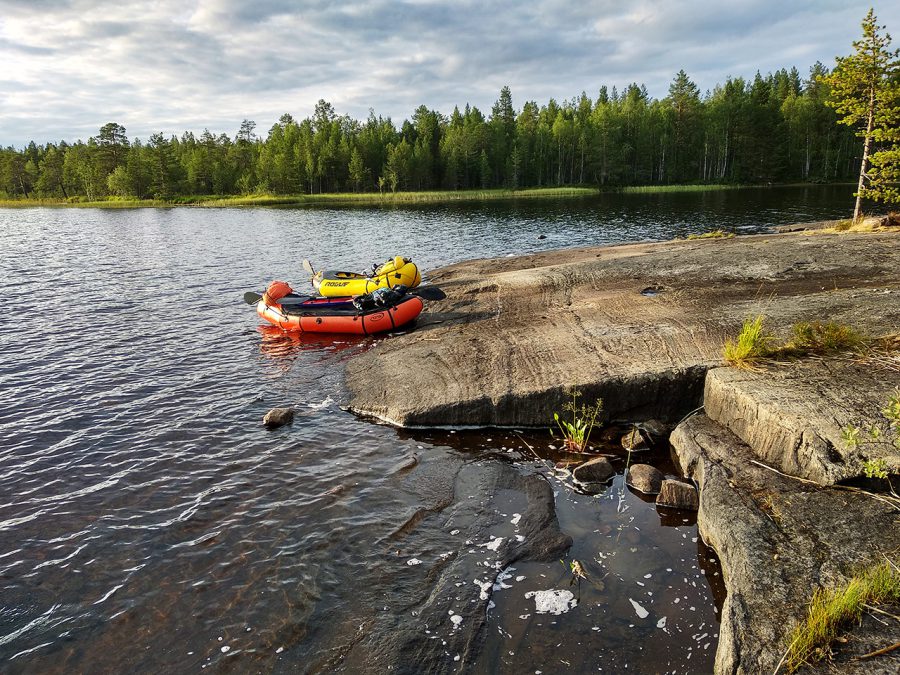
The only downside was that there was not much firewood. That, and that the guys found some fresh bear tracks on the beach. “Better safe than sorry,” said Vadim and lit several firecrackers. The sound of the explosions rolled over the lake and reverberated from the distant trees on the far side.
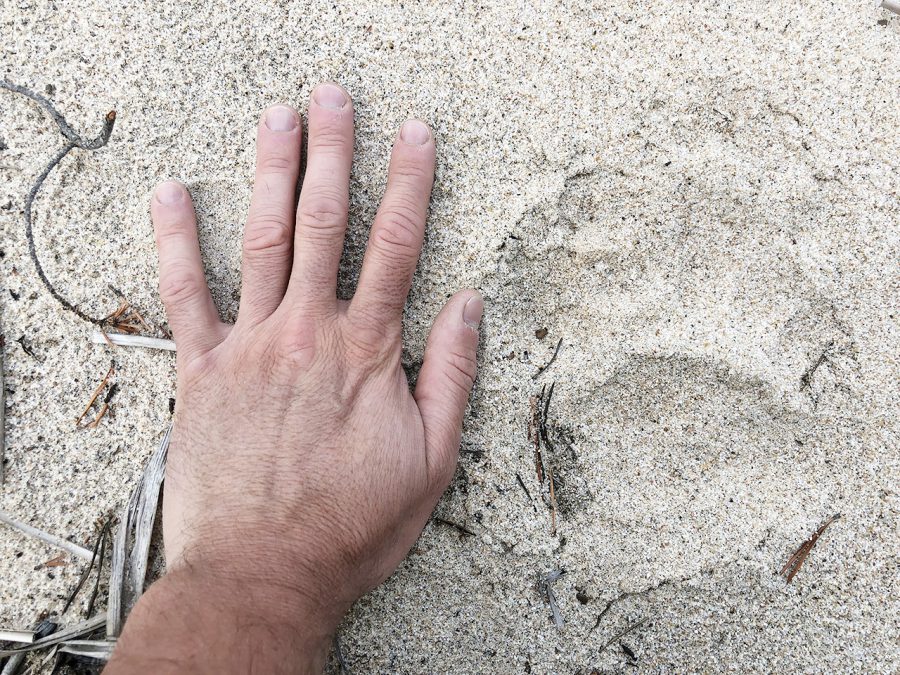
The ‘bear problem’ solved, we needed to deal with the firewood issue. It was partially resolved when guys found a semi-dry tree not far from the camp. But that was by far not enough for two days. That is why Dobrusha and I decided to get some wood from the other side of the lake.
As we didn’t feel like putting on our wet clothes, we stripped ‘almost’ naked, armed ourselves with a hatchet and a saw, got into our packrafts and paddles to the other side, where we found a few dry logs. We tied them together up with my throw rope and dragged them back behind our packrafts.
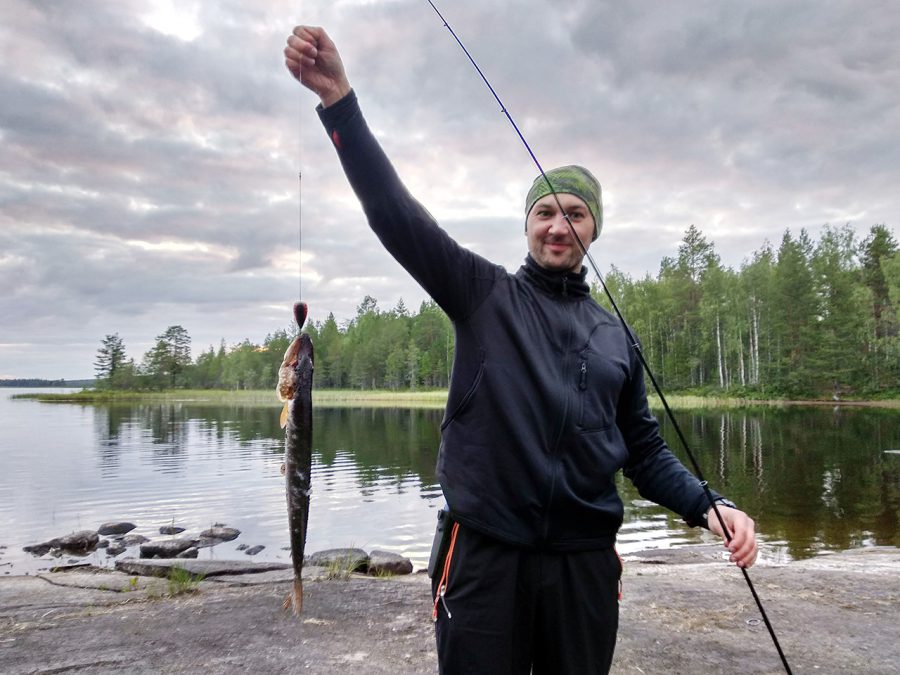
In the mean time, Sashuk managed to catch two good-sized pikes, which turned out to be the first for him as well.
With the fire burning, we spent a relaxed evening lying on our rafts on the rock, enjoying the sunset.
Day 7
Even though it was a rest day, we managed to accomplish a few things. To begin with, we scouted the Sobachy rapid, the start of which was just a short walk from the camp. This rapid is one of the two main ones on the river and, in different sources, it is variably described as Class III or IV different. Some even indicated that it was unrunable.
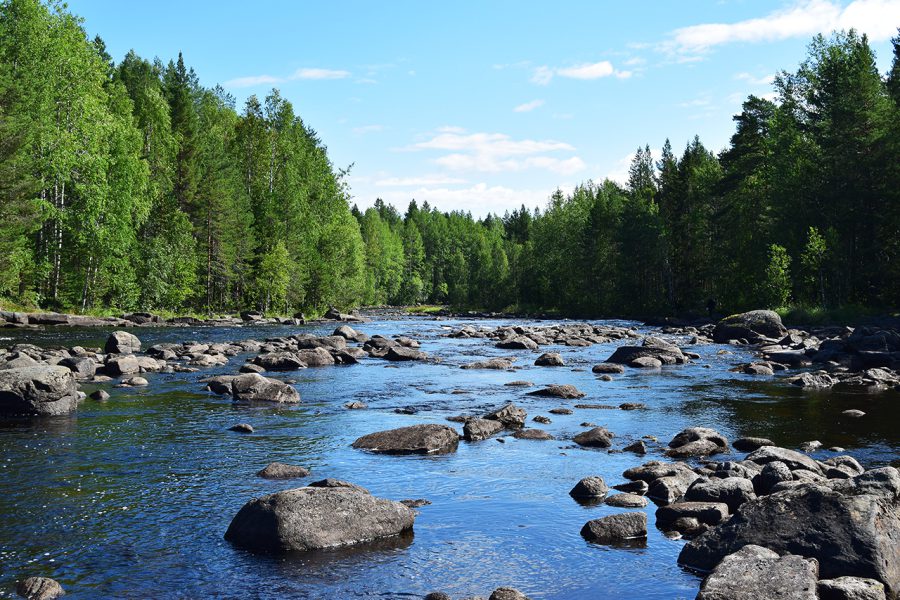
The reason for such belief is that there is a rocky ledge in the middle (marked by a large metal anchor), which forms a 1.5 meter drop on the right side, while on the left side there is a three meter slide, which is almost never covered with enough water.
However, most of the existing descriptions come from people who use folding kayaks or catamaran and for whom this is indeed a challenge. “But we are packrafters and we cannot be deterred by something small like this,” we thought. “In addition, it would be a shame not to paddle it if we are already here,” said Ilmar. And so, Ilmar, Dobrusha and I decided to try our luck with it. Other felt happy to watch us from the shore.
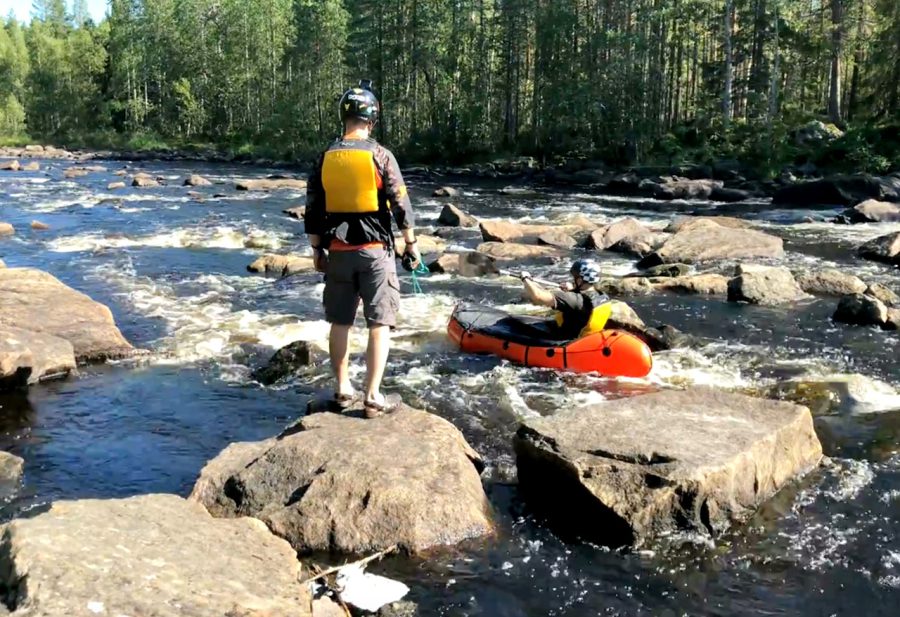
With our packrafts light and empty, we could come close to the ledge, and examined the rapid once again. While the drop looked enticing, a large stone just behind it made it impossible to go further. That is why we decided to try the slide. Having looked at it carefully, we chose what seemed to be the best line. But when I approached it from the top, I could not position myself properly, completely missed the line and slid down the algae covered rock. Once at its foot, I also felt a bit cheated. That is why I tried to go a bit further, which proved to be very difficult as well. “Maybe that’s the reason why they say it is unnavigable,” I thought to myself. However Ilmar and Dobrusha did a much better job at the slide than I, but they also struggled to continue.
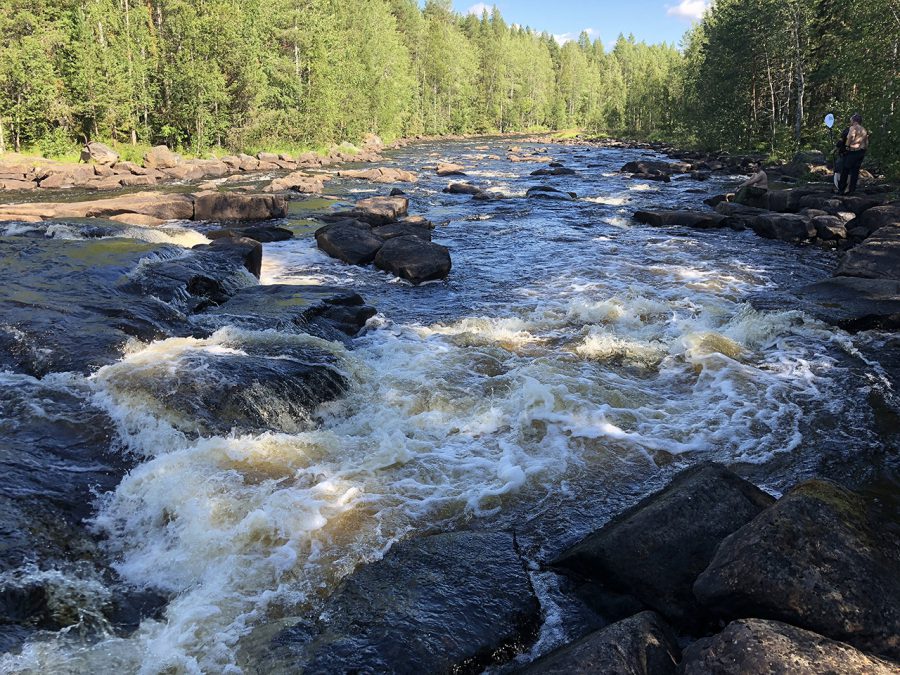
Besides that, we spent time talking, cooking, picking berries, fishing and repairing Nick’s boat, which had a lot of holes after the four rapids the day before.
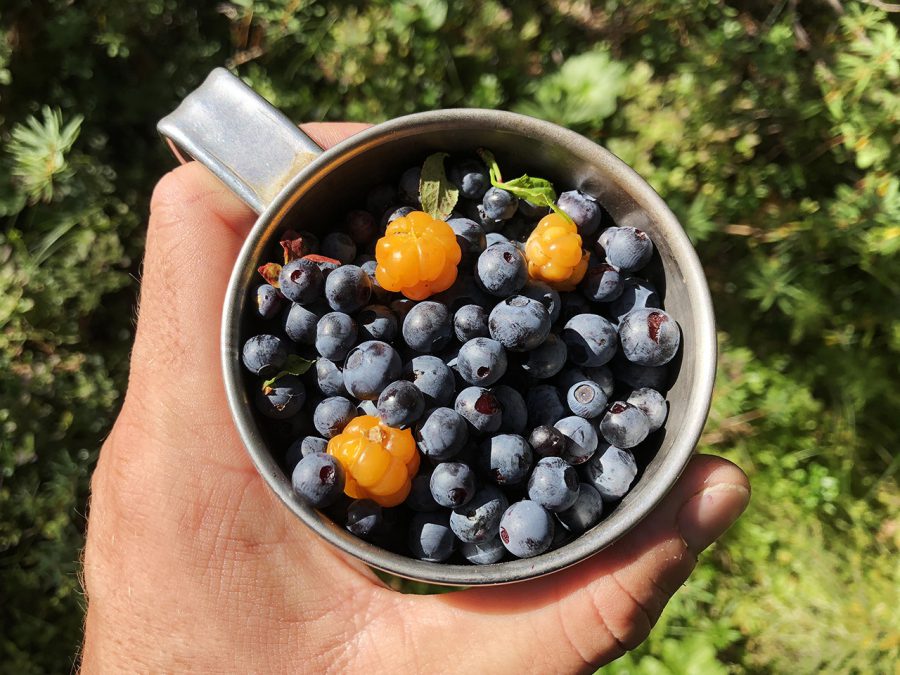
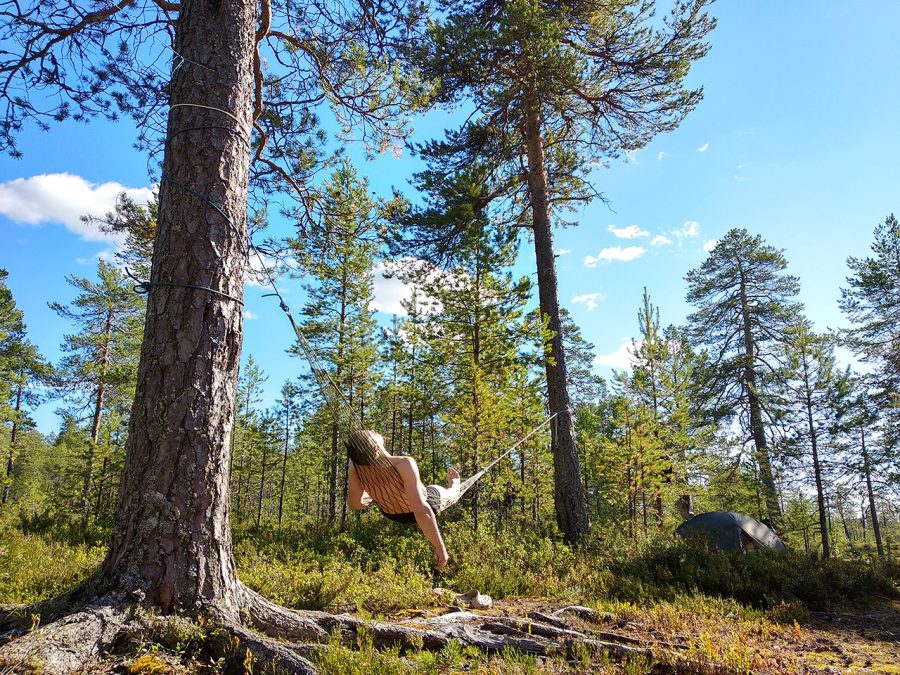
When it came to making plans for the next day, the question arose – what should we do? Do we want to stay on the river for one more day? Or do we want to try to camp at the White Sea? After a short discussion, we chose the second option, which presupposed waking up at four am and leaving around six. The reason why we had to be in a hurry was because we needed to make sure to leave the Vonga river at high tide. Otherwise the entrance to the White Sea turned into an impassable tidal flat. My tent-mate Il volunteered to wake us up.
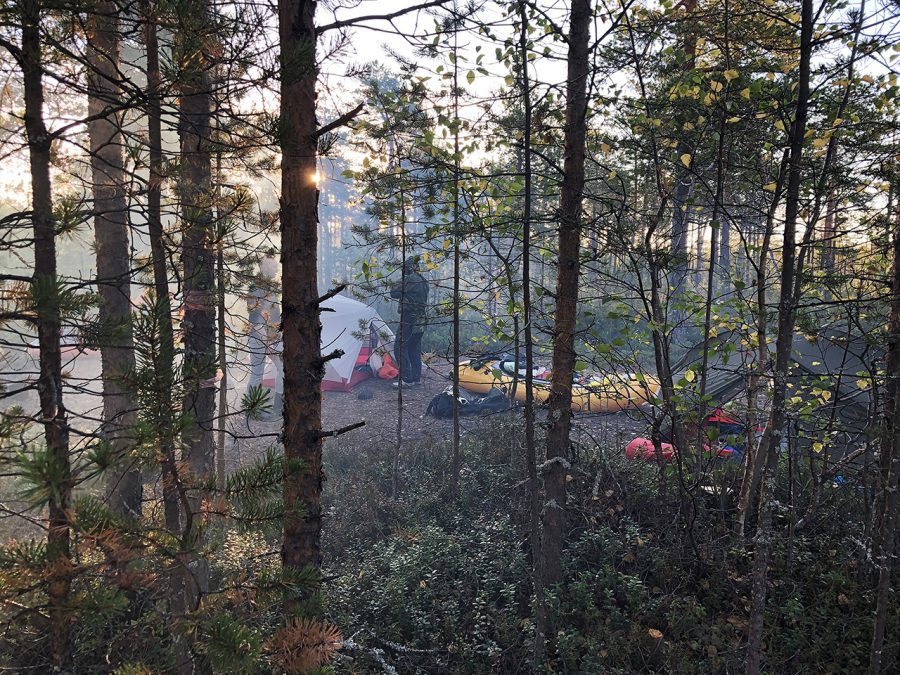
Day 8
And so he did. Still not quiet awake, we quickly had our breakfast, packed our rafts and portaged them along the path to the point where Dobrusha, Ilmar and I stepped out the day before. From there on, it was relatively smooth paddling on to the other big Class IV rapid – the Vyaker rapid.
I arrived first and had some time to scout the rapid, the start of which was marked with an anchor again. (“What is it with those anchors and how did they manage to get them there?” we started to wonder.)
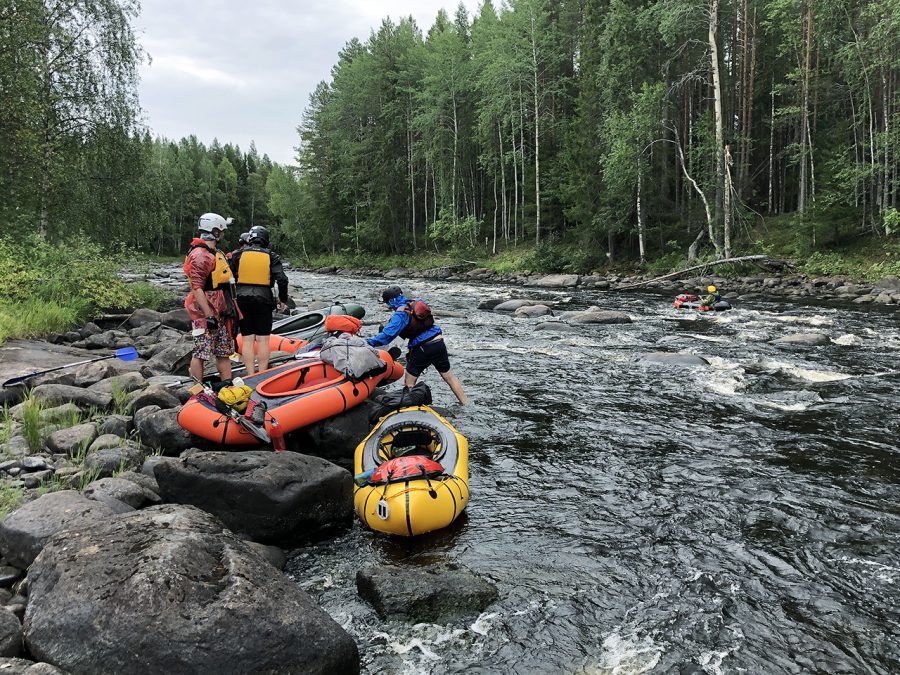
“From what I could see so far, it should be ok,” I told to the rest when they arrived. And so we decided to try our luck with it. And indeed the first part was relatively easy and rather enjoyable. “Is this the Class IV they were talking about?” I caught myself thinking. But it wasn’t. The real thing came behind a bend – a narrowing in the river that brought all the water rushing over a 1.5 meter drop, followed by a turn.
We got out of our packrafts and went to scout the area. The drop looked impressive, and there was clearly enough water for us here. But next to it there were two memorial plaques. The older one with parts of an aluminum paddle and a folding kayak backrest commemorated someone who died here in 1987. The other commemorated a much more recent death – 2013.
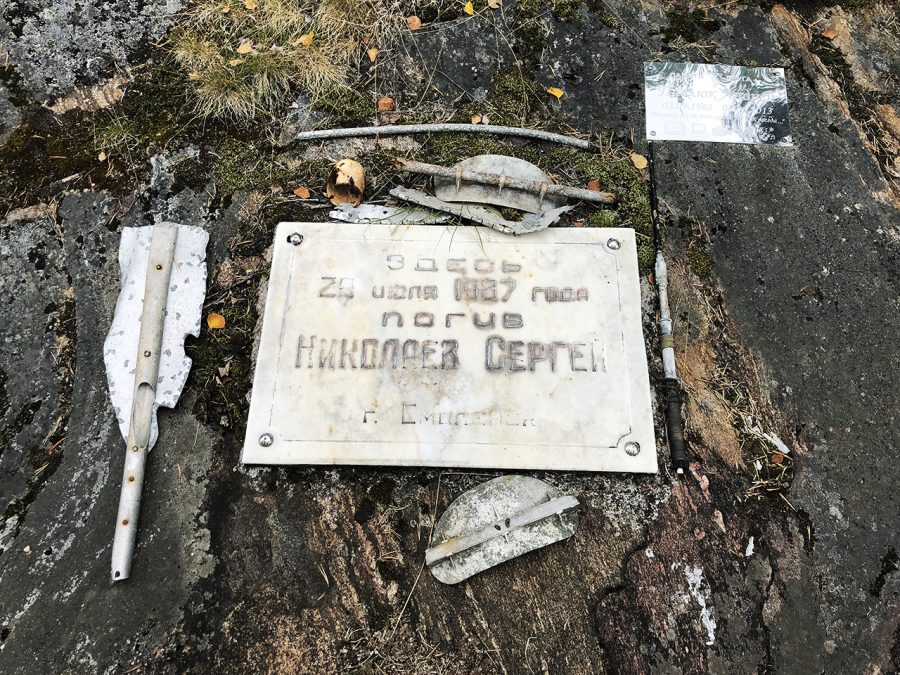
These two plaques made us realize that this place can be really dangerous. “Does everyone feel comfortable running this rapid?” we asked. I was. And so were Ilmar, Il, Dobrusha and Sashuk. Vadim, Lev and Nick felt that they wanted to observe us first. And so we divided ourselves in two groups – those who were observing and securing, and those who were running the rapid.
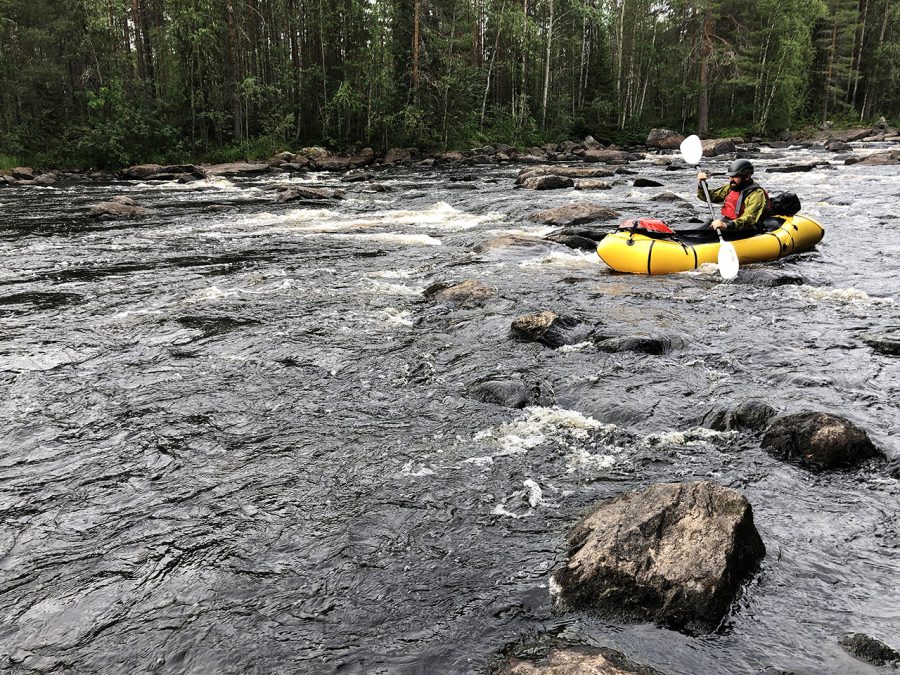
I went first again, followed by Ilmar. The drop itself turned out to be a lot of fun. The only difficult point was at the exit from the turn where one had to be careful not to run against a rock. Afterwords, it became broader and very shallow again.
Seeing us survive the run, Lev, Nick and Vadim decided to try it as well. And again Lev did a great job. His line was perfect and he managed to avoid all the obstacles like a pro. “Are you sure it’s your first time on white water” we asked him. On the other hand, Vadim did not have luck on his side. Again. Whereas he ran the drop well, he hit the boulder and almost capsized. Nick, on the other hand seemed to be ok. He quickly passed the rapid and continued downstream.
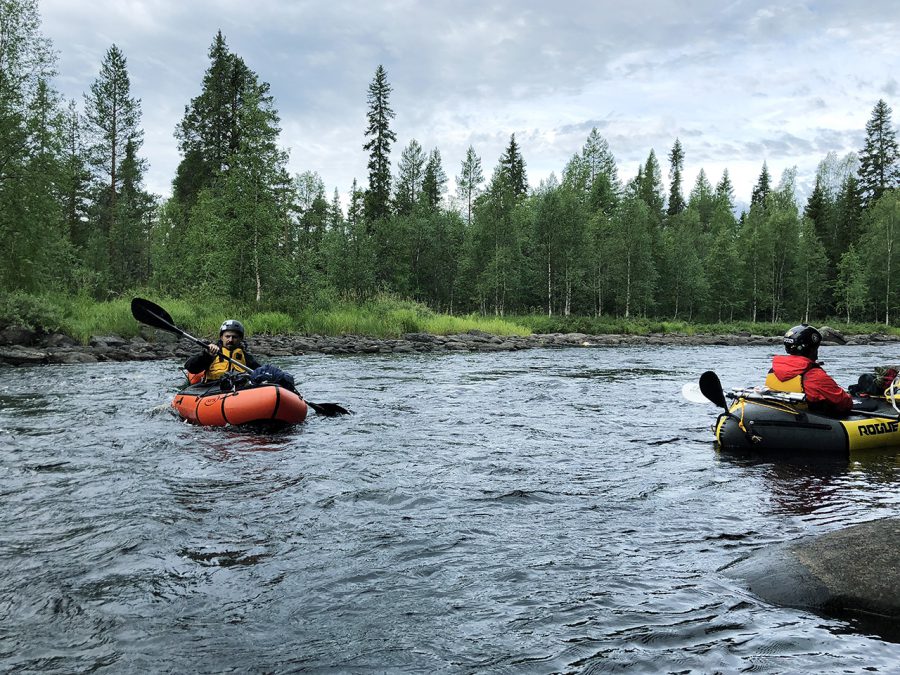
But it only seemed that he was ok as, when I got to the bottom of the rapid, it turned out that he had had a fist-sized hole torn in the bottom of his packraft.
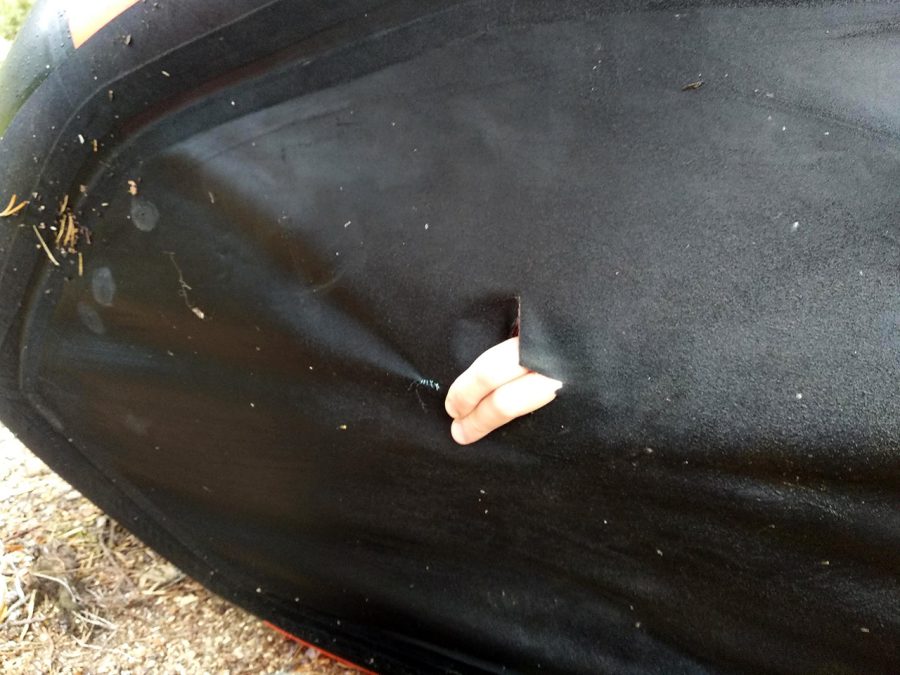
And it required our immediate attention. “Looks like we need to saw it together first” suggested I. I heard it from my father that that had been the way they had repaired the skins of their folding kayaks in the past. Luckily, we had needles with us and at the place where we stepped out someone left some thin string, which we used instead of a thread. Then, we glued on patches both inside and outside. To make the glue stick better, we had to warm some water and used a pot with it to cure the glue. It took us over an hour, but eventually, Nick’s boat was good to go.
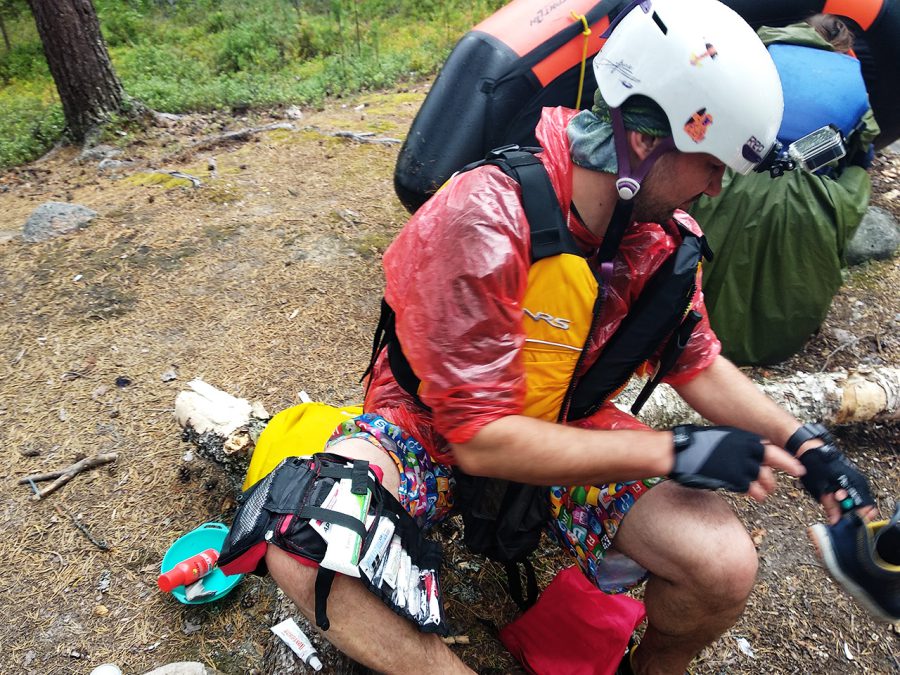
But such a delay made us run late. That is why some of the guys decided to start earlier in order for them to go at a more leisurely pace.
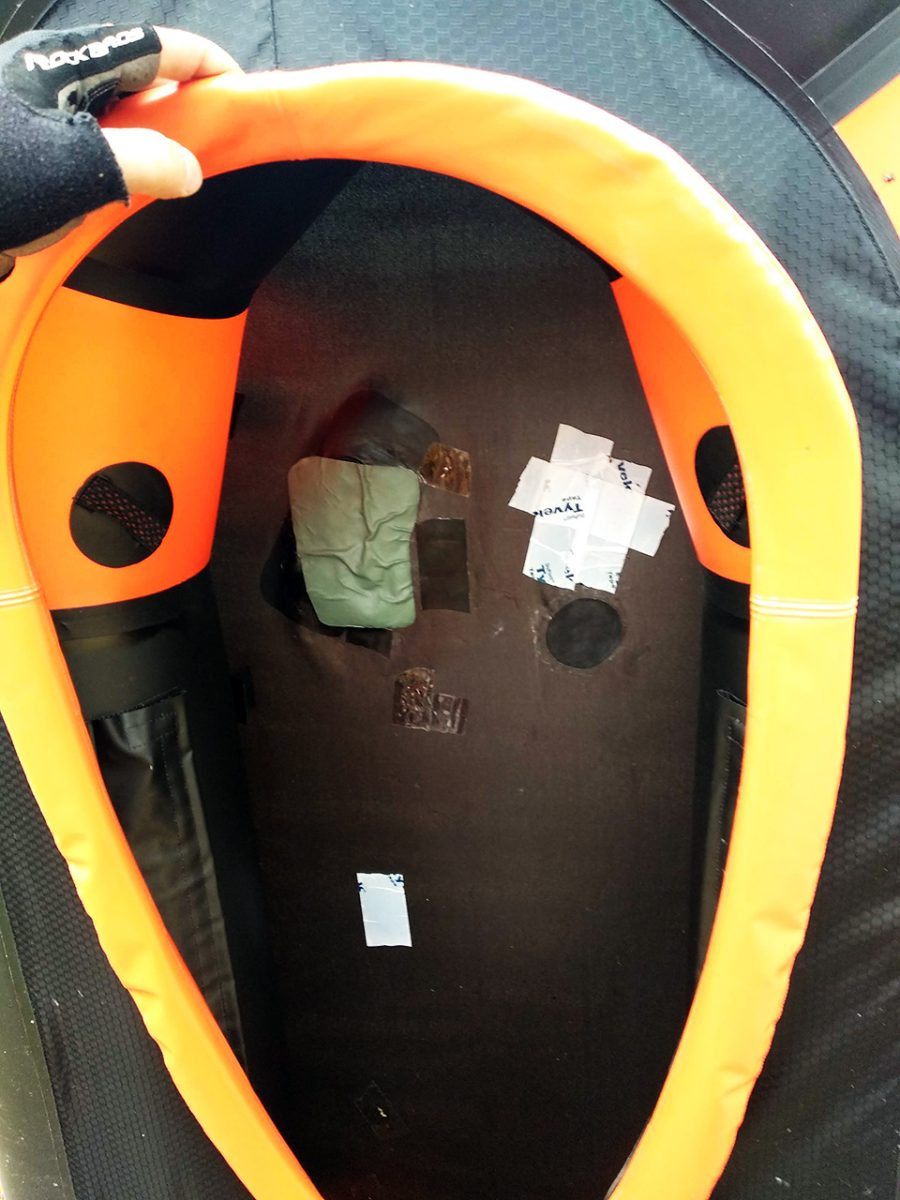
What waited us ahead was another bigger rapid (the one that we saw from the train on Day 1) followed by a stretch of calm water and a small final rapid just before entering the White Sea.
A we paddled on, we saw that even here, the presence of the humans was well visible – after the railway bridge, the electric lines span over the river and a bit further, the remaining few buildings of the village of Vonga could be seen. A fishing net across the river and a small rowing boat testified to the presence of people there.
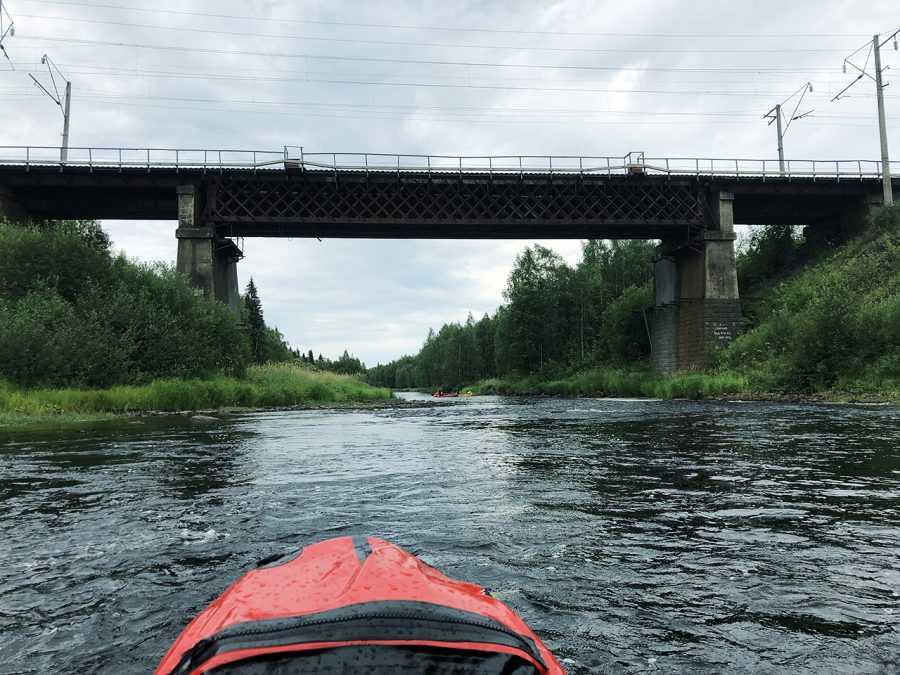
In general, on the last day we saw significantly more people. Besides some other paddling crews, there were also fishermen. One of them, passed us a message from our guys who left earlier. “They said that they would wait for you further down the stream,” he said.
And so they did.
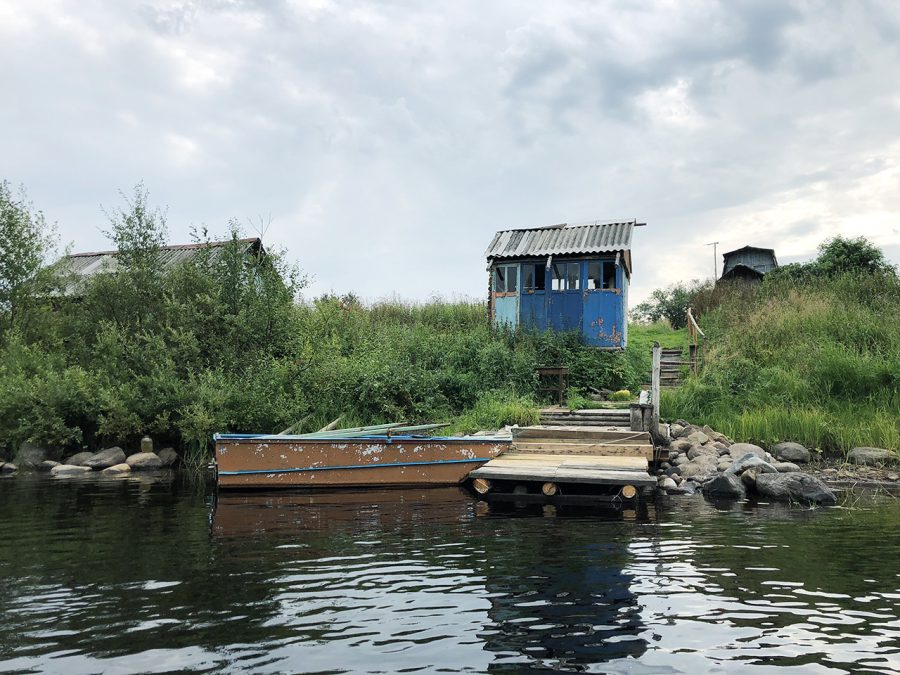
Once all together, we started to paddle the last bit, which was straight, uneventful and, very boring. The fact that we had been on the water for almost 10 hours didn’t help our morale either. Even Ilmar seemed to loose his heart, which is why ever-cheerful Dobrusha proposed to tell jokes in exchange for paddling. “I tell you a joke, and you paddle for five minutes. Is that a deal?” Soon Lev and Vadim joined us as well and started to share their jokes too.
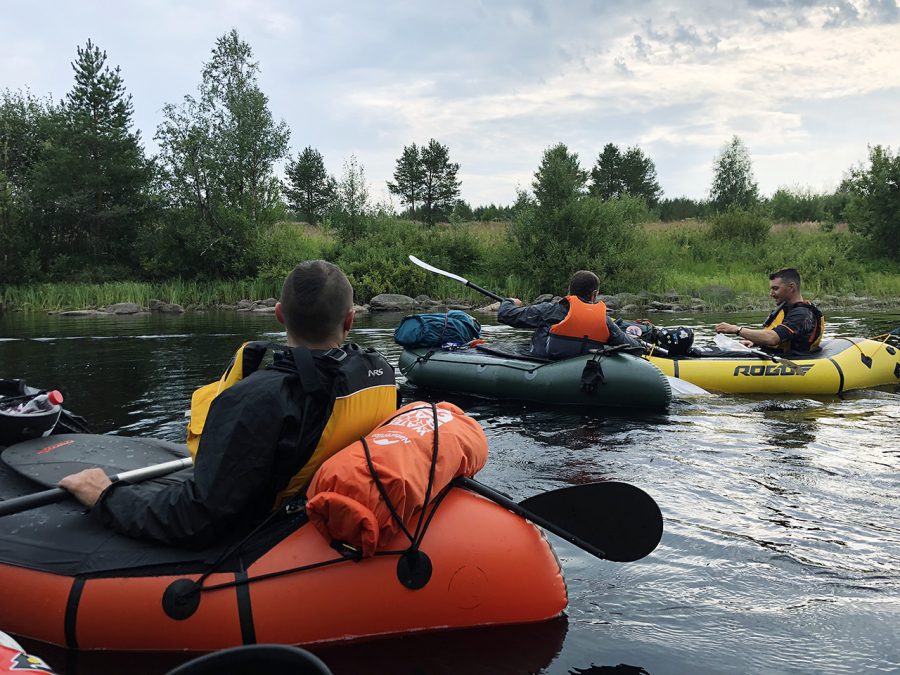
And that’s how we passed the time before getting to the point, where the river was entering the sea. Just short of that point, we came across a beautiful camping spot where a bottle with hand-written treasure map was lying on a table. The accompanying message informed the reader that a group of friends that came here to paddle, but had a dreadful time as there was very little water. But they found this spot and from here they were able to go to the sea to fish for cod. And the treasure map showed the point where one should look for fish.
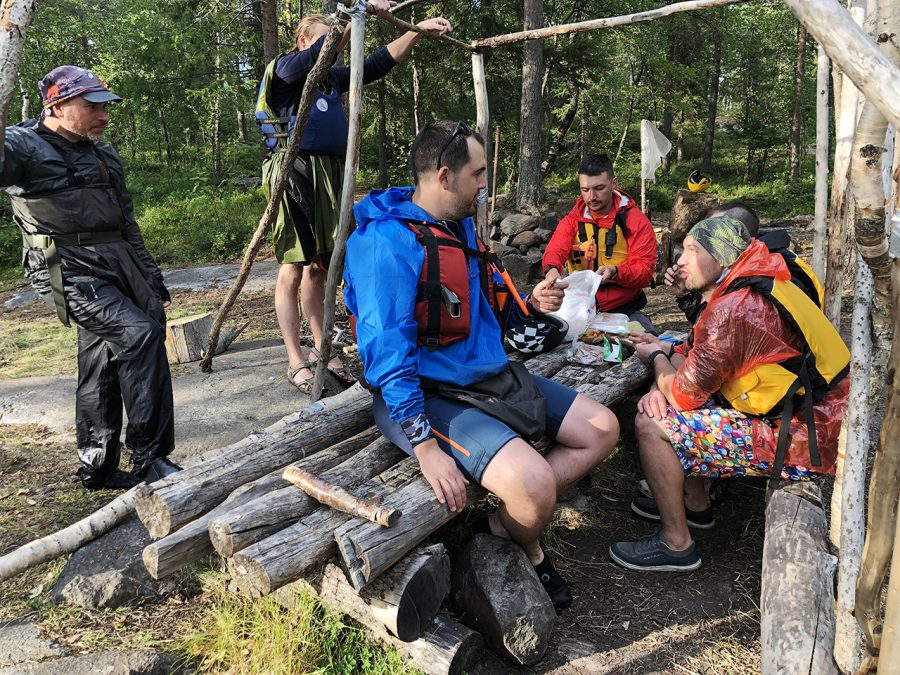
But before we continued, we needed to collect fresh water as finding it later on was supposed to be a problem. In one of the descriptions, it was stated that there was some kind of well or a water source on one of the island, but it was not clear what exactly it was and where to look for it. That is why we tried to fill up all our bottles. Unfortunately, as it turned out, it was by far not enough.
Related Articles
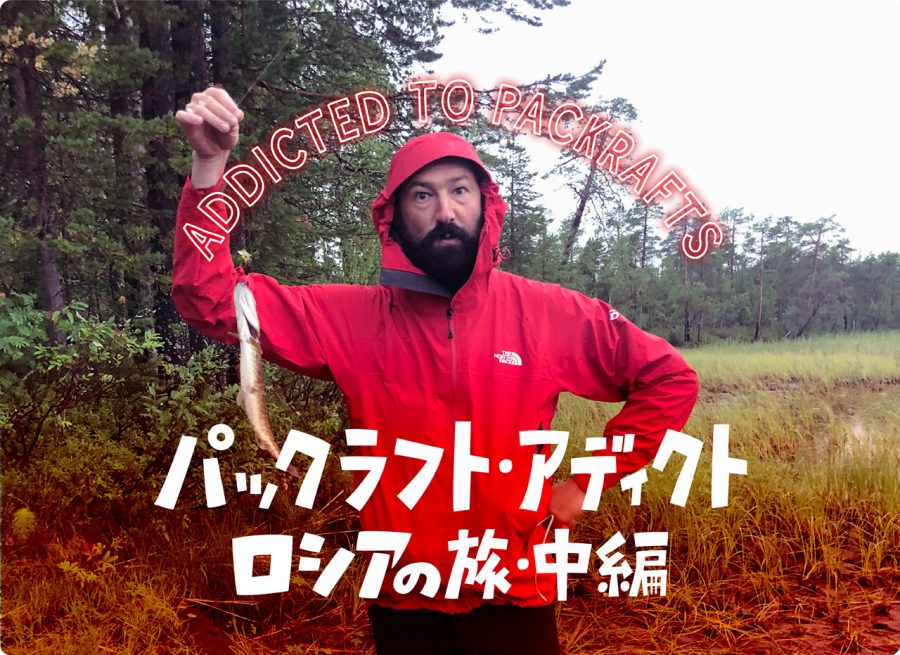
パックラフト・アディクト | #14 ロシアのパックラフトの旅 <中編>たび重なる困難と幸せなキャンプ生活
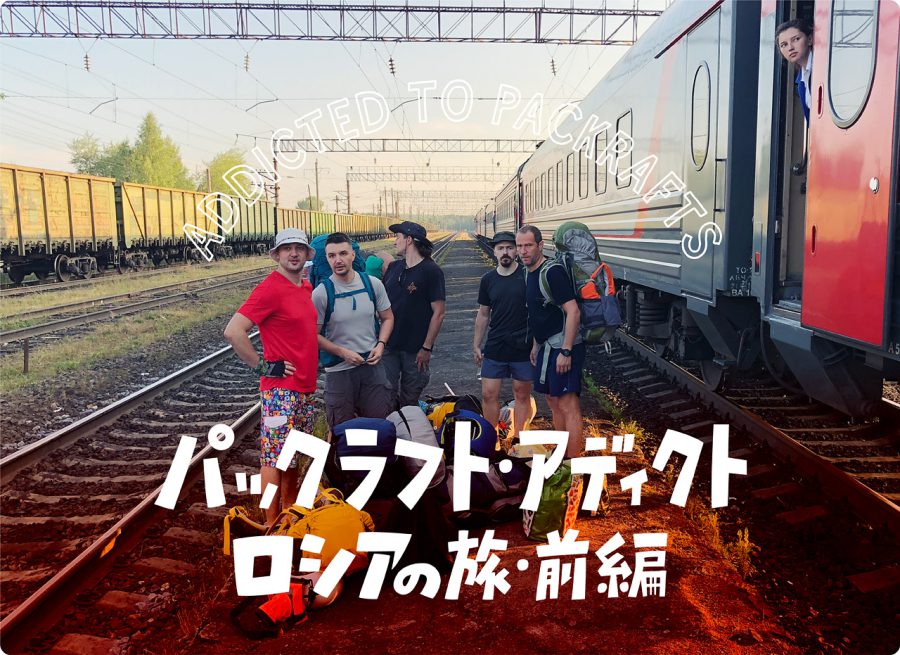
パックラフト・アディクト | #11 ロシアのパックラフトの旅 <前編>冒険のはじまり
- « 前へ
- 2 / 2
- 次へ »
TAGS:

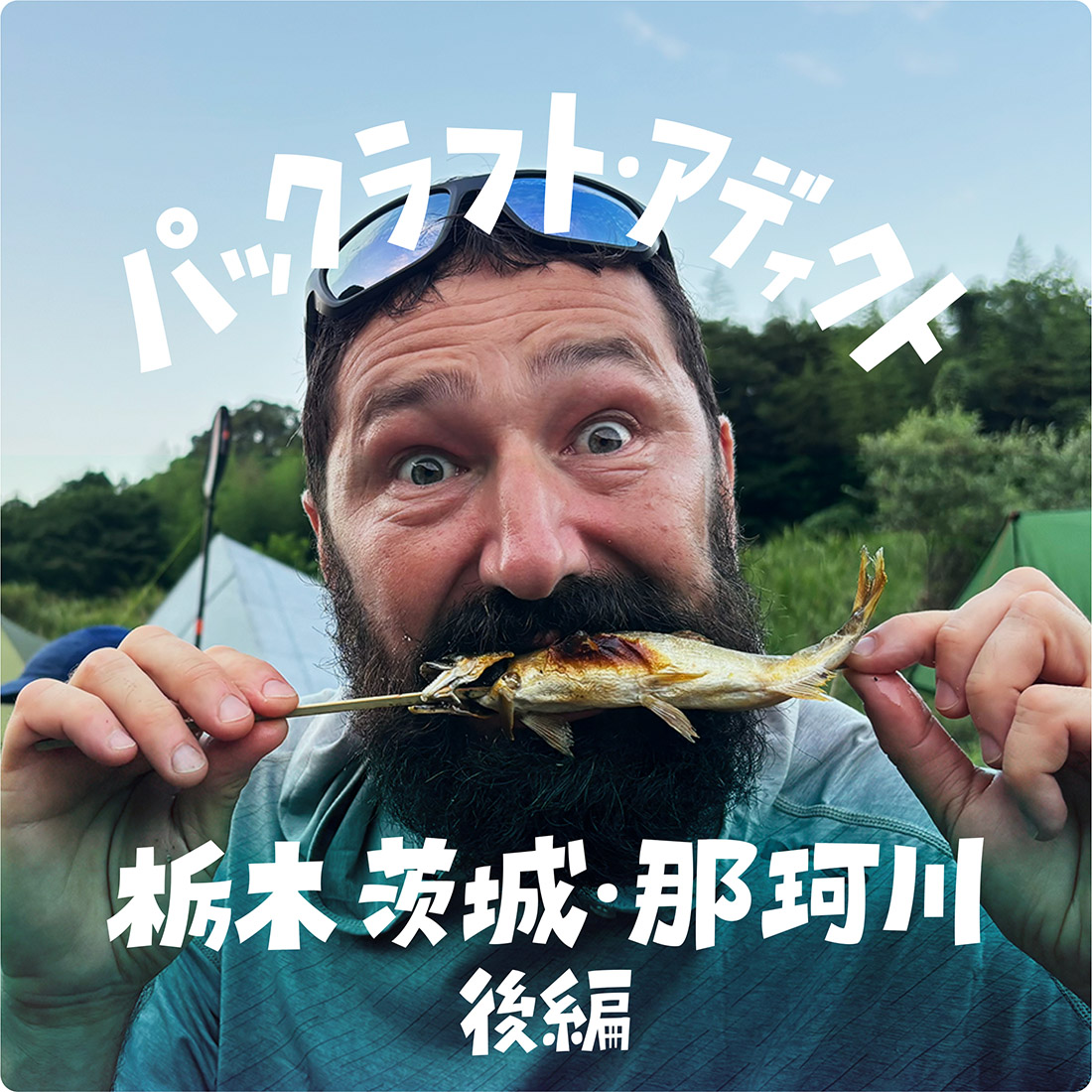
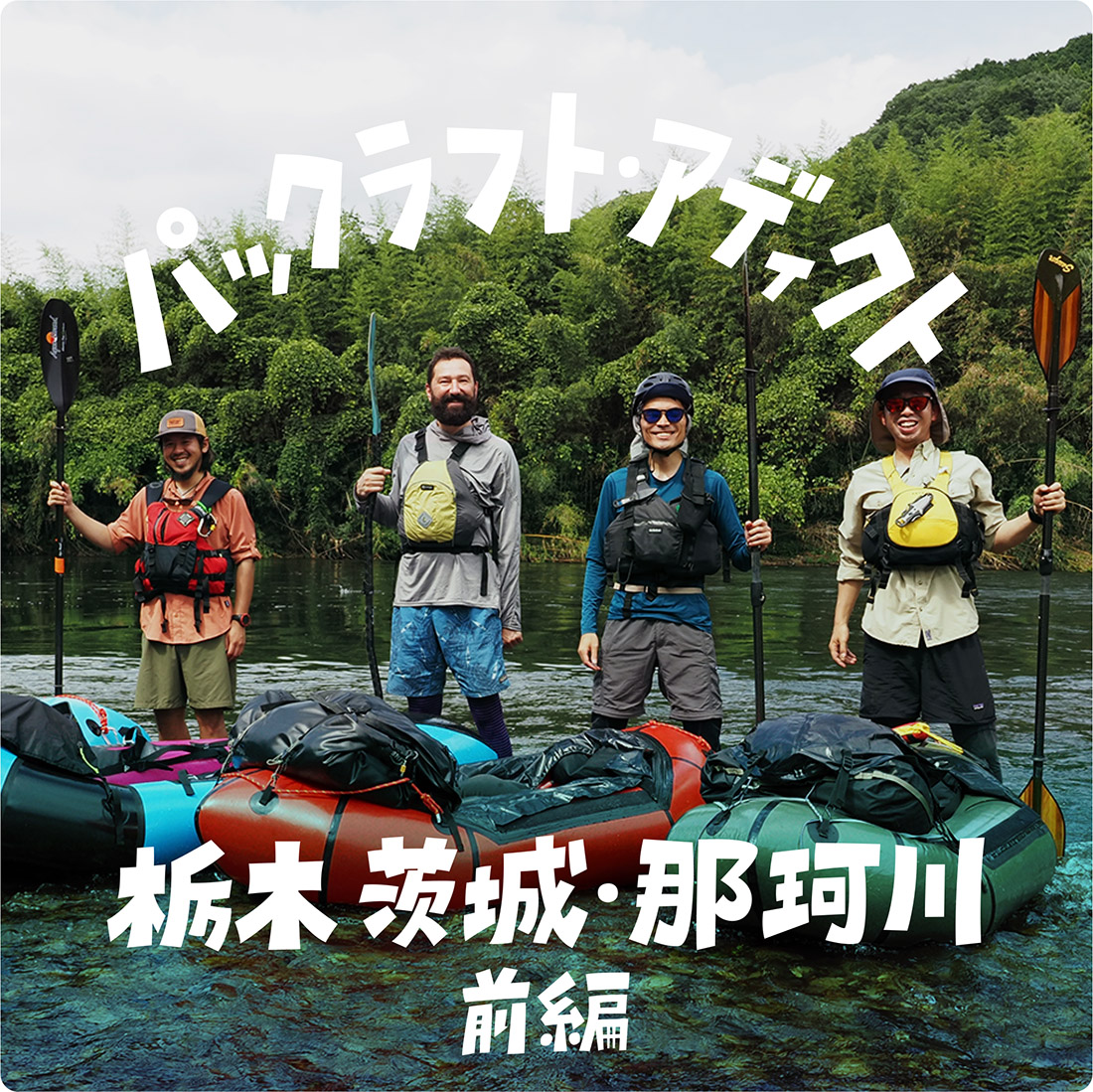
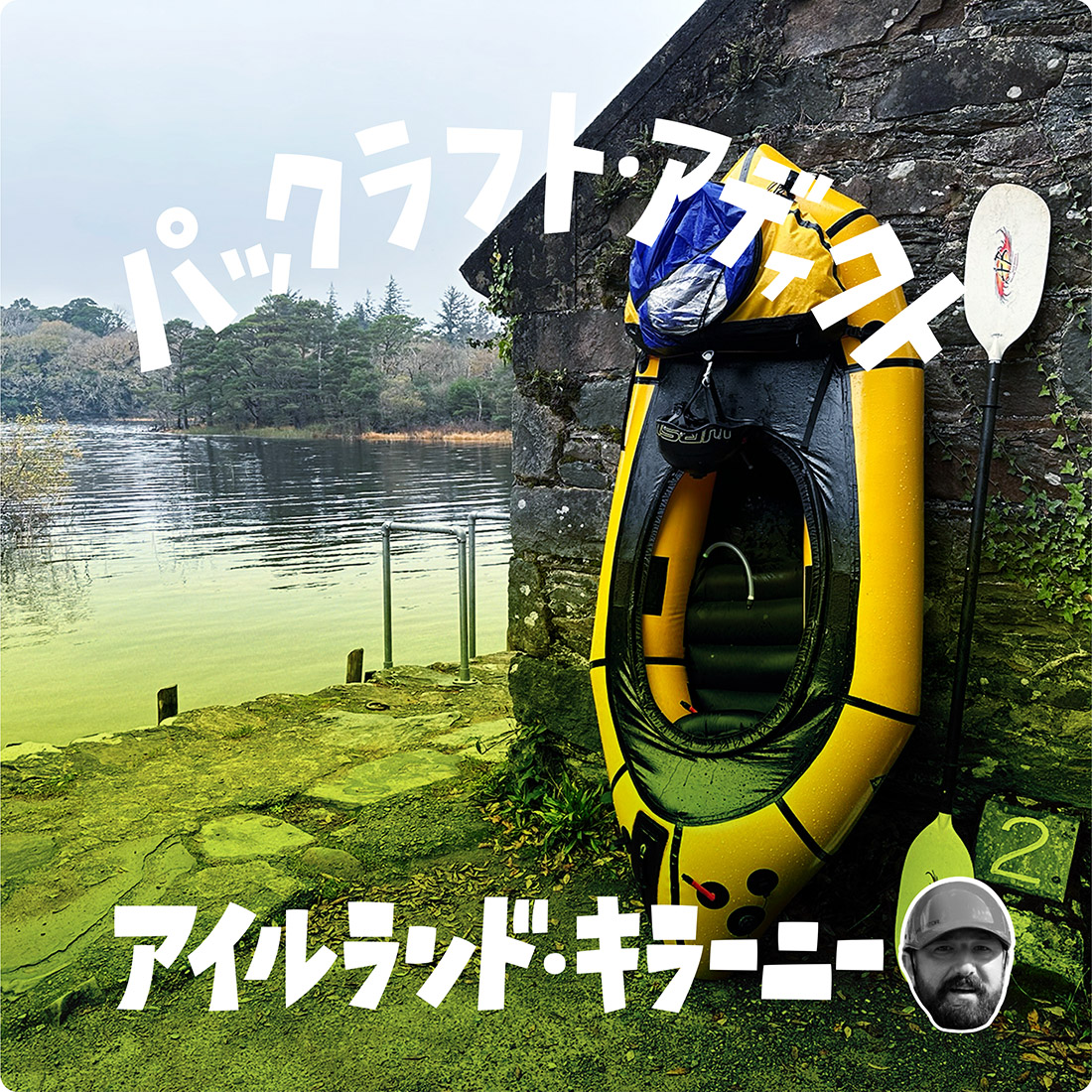
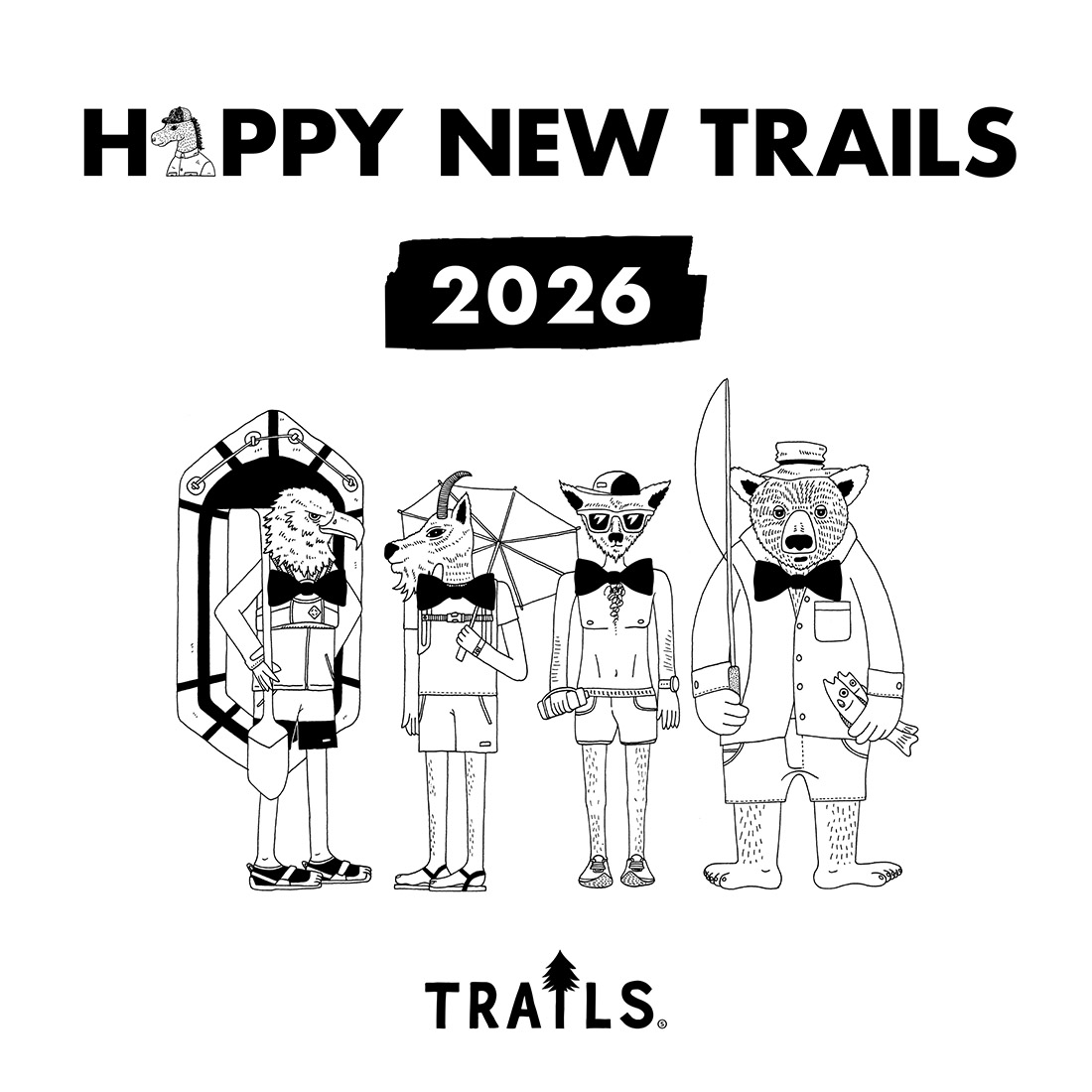
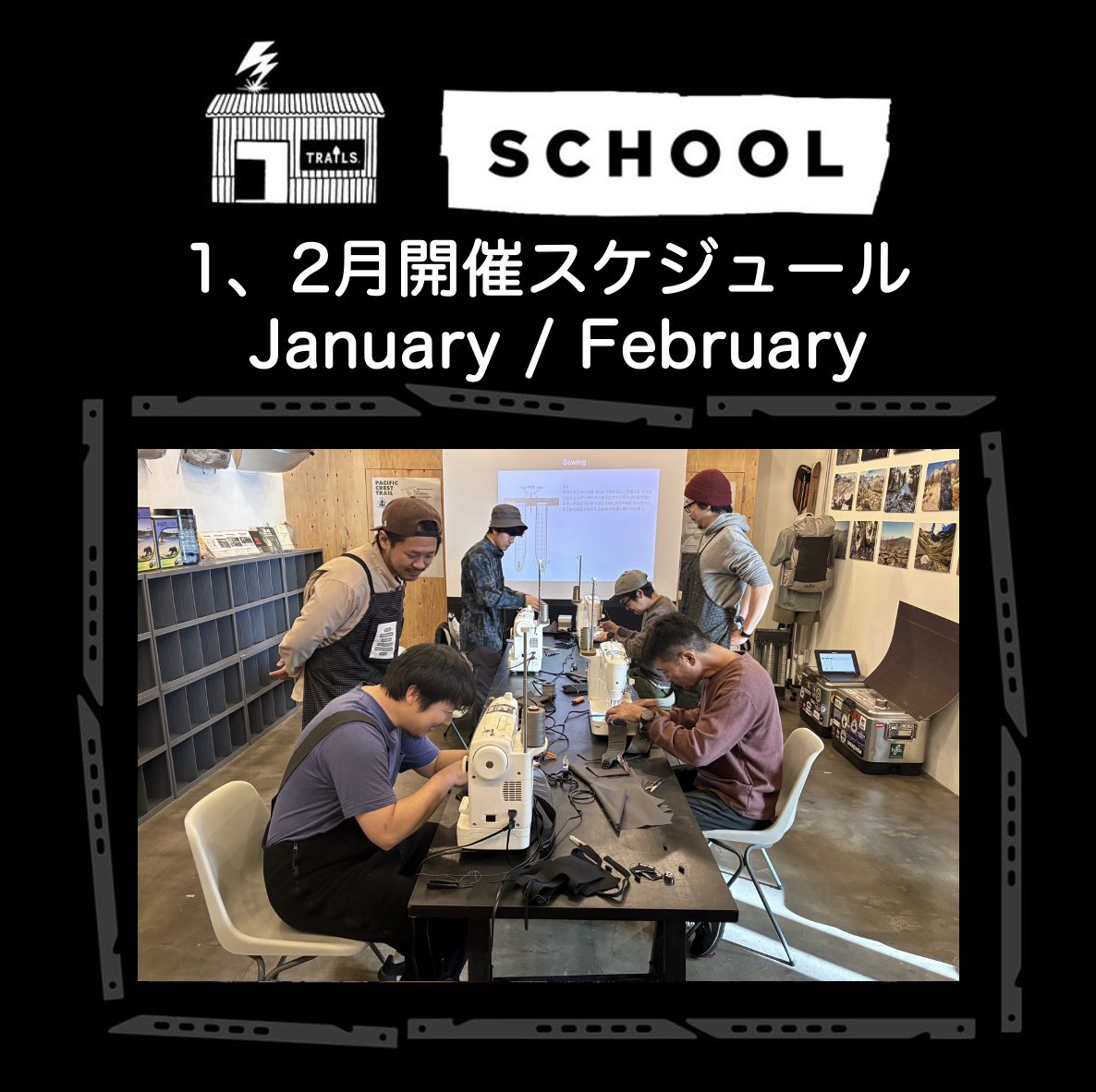
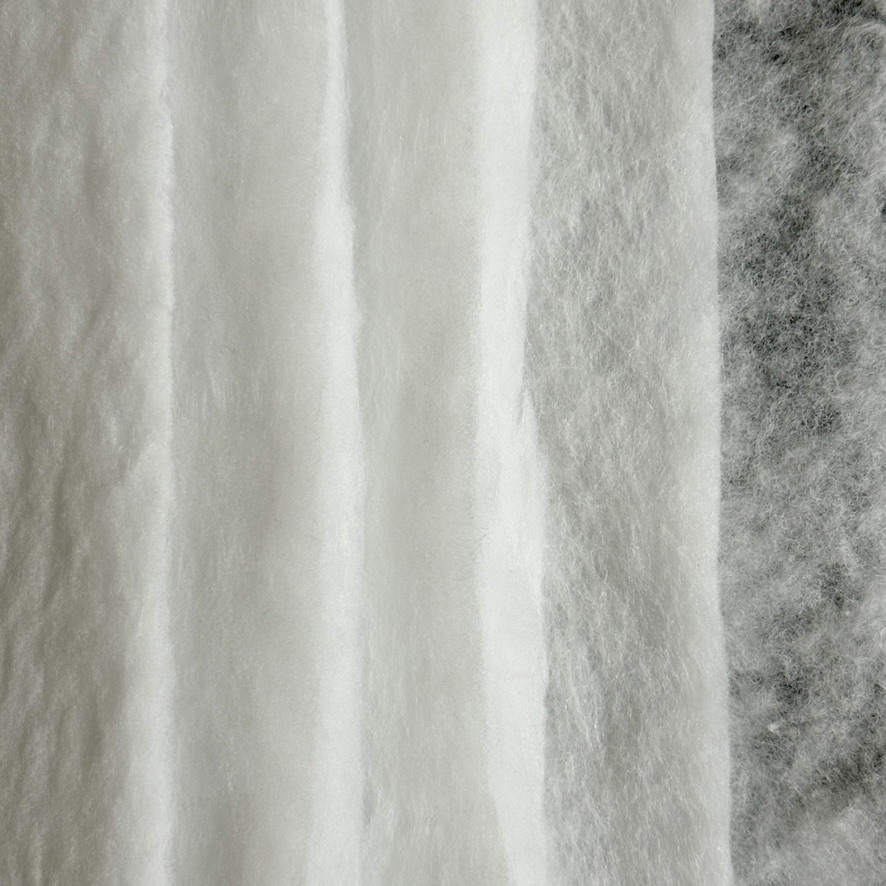







 ULギアを自作するための生地、プラパーツ、ジッパー…
ULギアを自作するための生地、プラパーツ、ジッパー…  ZimmerBuilt | TailWater P…
ZimmerBuilt | TailWater P…  ZimmerBuilt | PocketWater…
ZimmerBuilt | PocketWater…  ZimmerBuilt | DeadDrift P…
ZimmerBuilt | DeadDrift P…  ZimmerBuilt | Arrowood Ch…
ZimmerBuilt | Arrowood Ch…  ZimmerBuilt | SplitShot C…
ZimmerBuilt | SplitShot C…  ZimmerBuilt | Darter Pack…
ZimmerBuilt | Darter Pack…  ZimmerBuilt | QuickDraw (…
ZimmerBuilt | QuickDraw (…  ZimmerBuilt | Micro Pack …
ZimmerBuilt | Micro Pack … 














